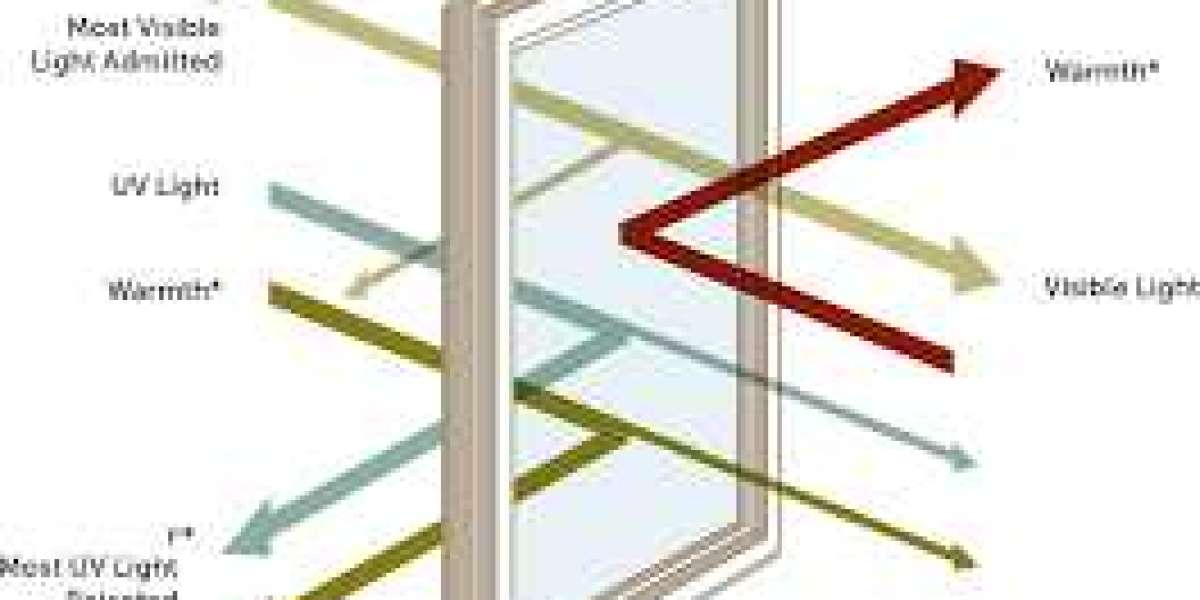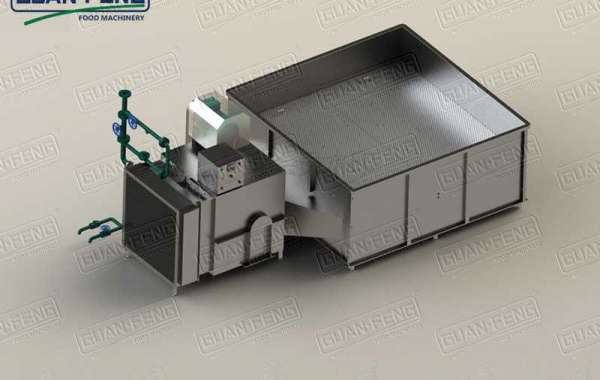AGC Glass emerges as a trailblazer with its groundbreaking Thermal Insulated Low-E Glass in the ever-evolving landscape of sustainable construction. With a surge in environmental awareness and rising energy costs, the demand for innovative building materials that prioritize energy efficiency has never been more pronounced. AGC's Thermal Insulated Low-E Glass stands out as a revolutionary solution, seamlessly combining aesthetics with functionality.
AGC's Thermal Insulated Low-E Glass is a high-performance glazing solution designed to regulate indoor temperatures by minimizing heat transfer through windows. "Low-E" refers to low emissivity, a property that allows the glass to reflect a significant portion of infrared heat while permitting visible light to pass through. This unique combination of features makes it ideal for creating energy-efficient and comfortable living or working spaces.
The glass features a specially engineered Low-E coating reflecting infrared radiation, reducing the amount of heat entering or escaping a building. This directly translates into lower energy consumption for heating and cooling, resulting in substantial long-term cost savings. Additionally, a thermal insulation layer acts as a barrier, preventing heat transfer between the interior and exterior of a building, thereby enhancing overall thermal performance.
Despite its impressive insulating properties, AGC's Low-E Glass ensures abundant natural light, enhancing the visual appeal of interiors and reducing the need for artificial lighting during daylight hours. The glass is also designed to block a significant portion of harmful UV rays, protecting interior furnishings, flooring, and artwork from fading and damage caused by prolonged exposure to sunlight.
AGC offers a range of options in terms of color, thickness, and design, providing architects and builders with the flexibility to seamlessly incorporate Thermal Insulated Low-E Glass into various aesthetic preferences and architectural styles.
End users stand to benefit significantly from this innovative glazing solution. Reduced energy consumption lowers utility bills, providing long-term cost savings for building owners and occupants. Moreover, the consistent indoor temperatures maintained by AGC's Low-E Glass create comfortable living and working spaces year-round. In embracing this energy-efficient solution, individuals also contribute to environmental responsibility by reducing their carbon footprint.
In conclusion, AGC's Thermal Insulated Low-E Glass represents a pivotal advancement in energy-efficient building solutions. Balancing functionality with aesthetics, this glazing option redefines standards for sustainable construction, offering a brighter, more comfortable, and environmentally responsible future. AGC's commitment to excellence positions it at the forefront of the architectural landscape as the world increasingly embraces green building practices.








